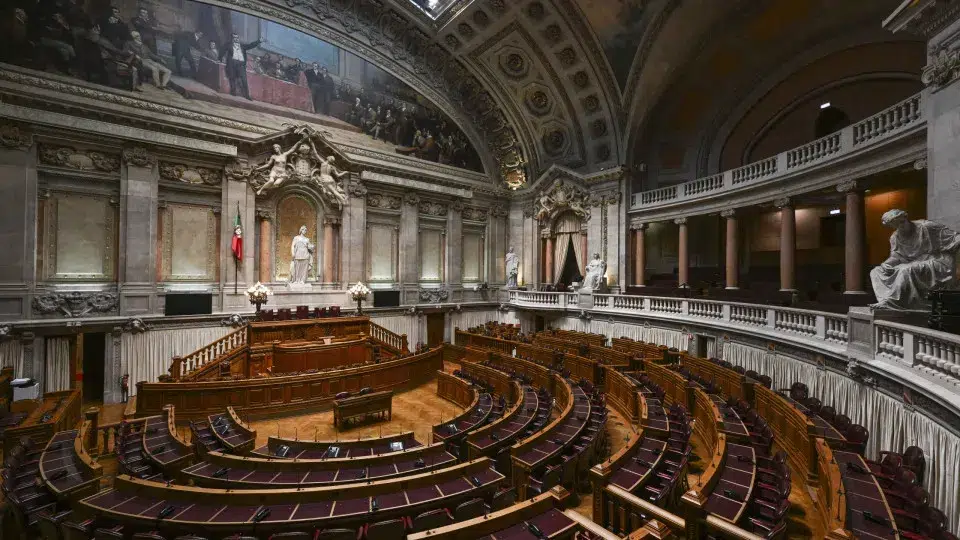
“This is all very new. What we know is that when products become more expensive, there’s a contraction; that is evident. We hope this contraction is minimal and that there might be an opportunity for other countries to also stand out and gain market share,” said Tiago Freitas, the president of the Madeira Wine Institute.
Speaking to the Lusa agency, Freitas expressed concern over the measure, noting that prices would rise, and the increase “either gets absorbed and shared between the Madeira Wine producer and the importer or is directly passed on to the final consumer.”
On Wednesday, U.S. President Donald Trump announced new tariffs of 20% on products imported from the European Union, in addition to the existing 25% tariffs on the automotive, steel, and aluminum sectors.
Nonetheless, Tiago Freitas remains hopeful that potential losses in Madeira Wine exports may not be too severe, given that the U.S. market—the most significant for non-EU exports of the product—has high purchasing power.
Last year, Madeira Wine exports to the U.S. amounted to 2.6 million euros out of a total of 20 million euros from the overall sales, he noted.
“And naturally, there’s even more anticipation and, above all, apprehension when it’s a patriotic wine, a wine with which the United States’ Independence Declaration was celebrated,” he emphasized.
Freitas also highlighted that Madeira Wine has “a rich history, particularly in the American market. It’s a wine from a very small region,” with “about 400 hectares of vineyards,” where the grapes are grown “in a highly challenging and difficult-to-cultivate landscape.”
The president of the Madeira Institute of Wine, Embroidery, and Handicrafts stressed the need for economic operators, in collaboration with the institute, to explore new markets to offset potential losses in the U.S. market.
“There are good prospects in Brazil and also on the Asian continent, so now it’s a matter of working on those markets,” he stated.
He also suggested that the Portuguese government should initiate negotiations with the U.S. without resorting to retaliations.
Trump’s new tariffs are an attempt to boost U.S. industry while penalizing countries for what he described as years of unfair trade practices.
The new tariffs were imposed on all imports by the United States, with additional taxes for countries considered particularly hostile to trade.




